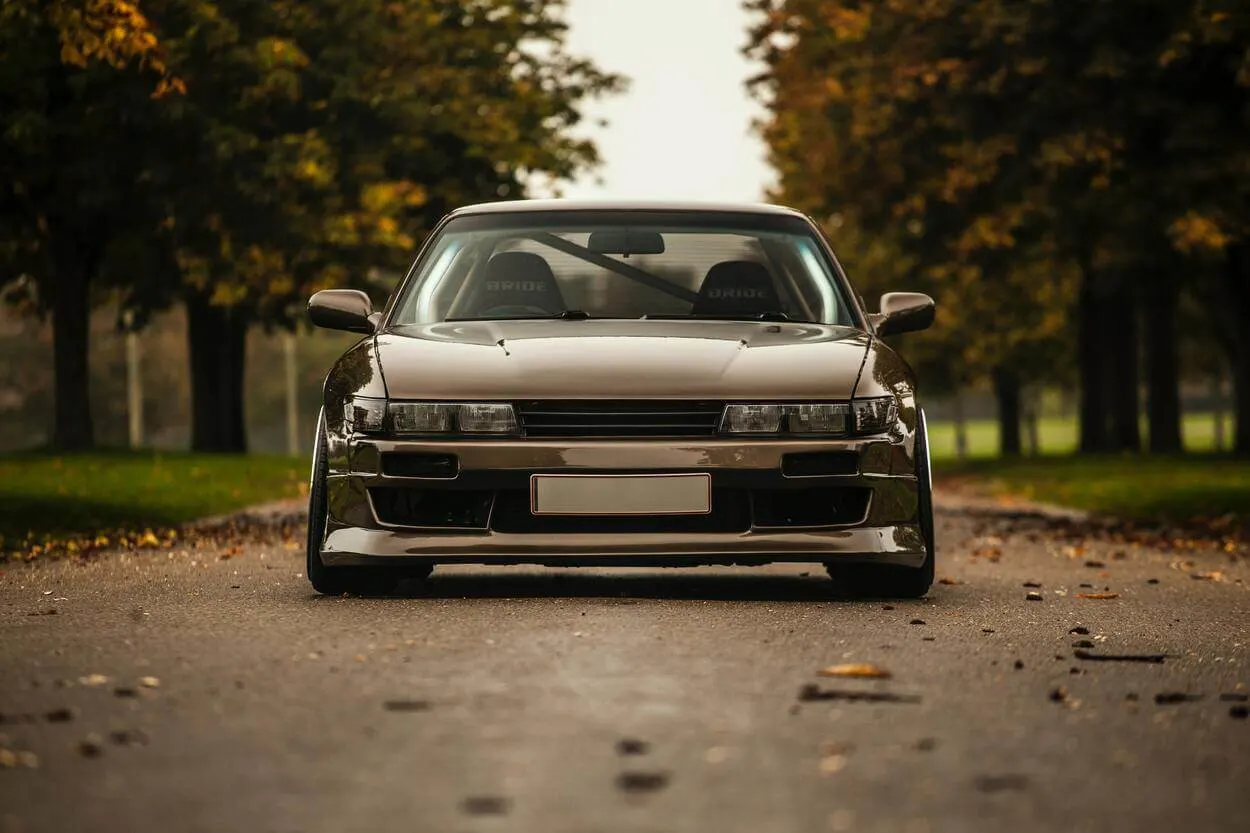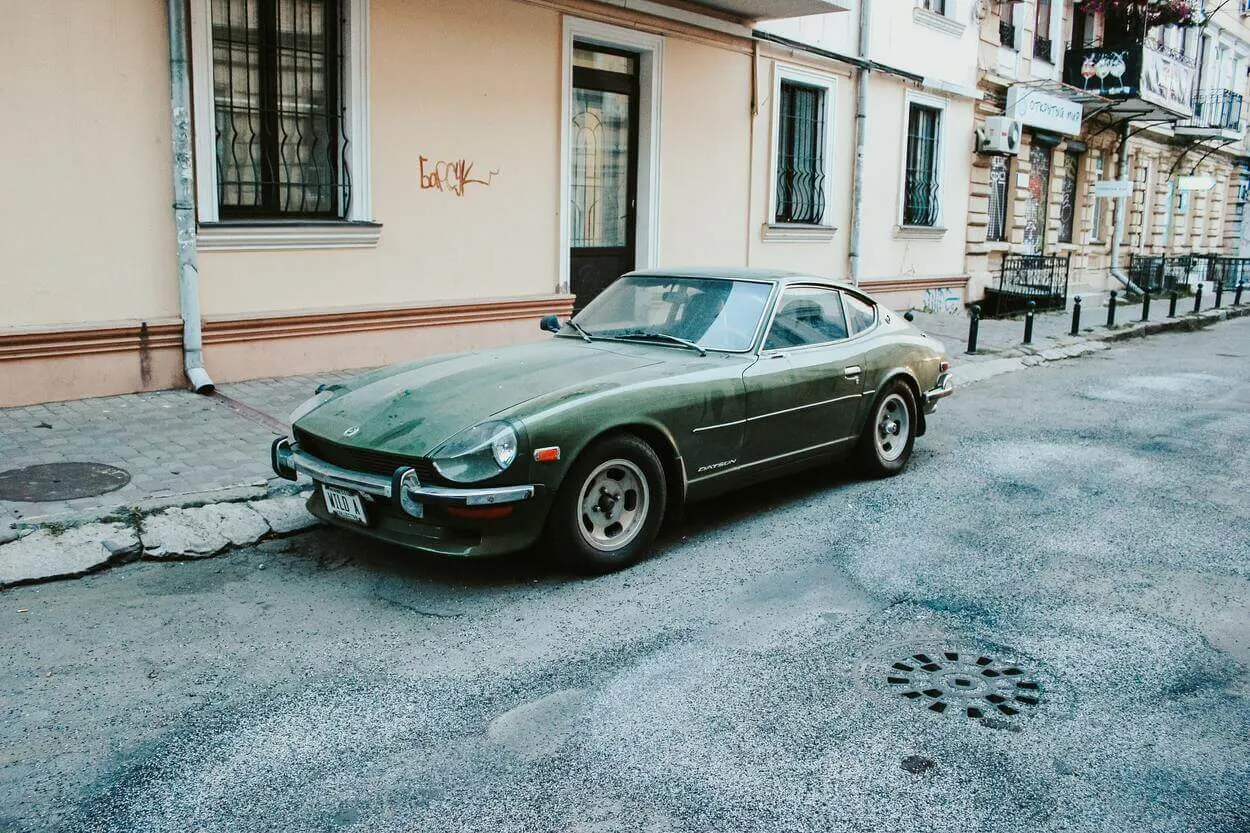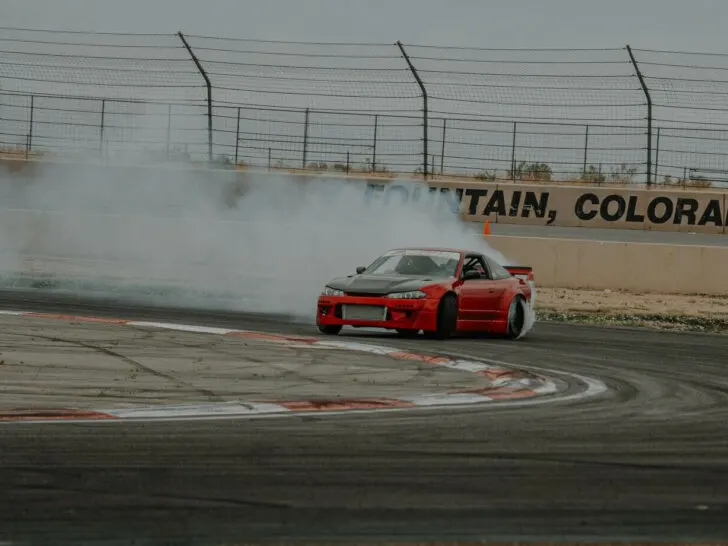You may hear the Japanese words “Zenki” and “Kouki” when you enter the world of drift-car enthusiasts. These may seem confusing to those who do not speak Japanese. But have you wondered why these were such popular names in the car industry back in the 90s?
You might be curious about the differences between the two models if you’re in the market for a new car or just interested in them in general.
The main difference between a Zenki and Kouki Nissan is its design. Zenki is an older model that features a rounded headlight and front design. On the other hand, Kouki was developed after Zenki and featured sharper and aggressive headlights and front design.
Let’s get into more detail about these cars.
What Do Zenki And Kouki Mean?
Zenki and Kouki are two Japanese words with literal and contextual meanings.
If you consider literally:
- Zenki is derived from “zenki-gata,” which means “prior period.”
- Kouki is derived from “kouki-gata,” which means “later period.”

In essence, it’s a term used in the automotive industry to distinguish cars before and after a facelift, also known as a mid-generational refresh like Performance enhancements and minor bug fixes.
Know The Difference: Nissan Zenki VS Nissan Kouki
You can notice the difference between Nissan Kouki and Zenki by looking at the 240 sx car’s front which is also known as the Silvia S14. Moreover, the distinction can be detected in the curves and headlamps on the hood. Zenki has a rounded headlight shape. However, kouki’s headlights are sharper.
Looking at the front of both cars, you can see a pretty clear difference in their physical appearance. Here is a table for a better understanding of the differences between Zenki and Kouki Nissan.
| Zenki Nissan | Kouki Nissan |
| Zenki is a 1995 to 1996 version of Nissan. | Kouki is a 1997 to 1998 version of Nissan. |
| Zenki means “early period.” | Kouki means “late period.” |
| It has a curvy front head. | It has a sharp and aggressive front end. |
| It has exhaust gas recirculation. | It doesn’t have any exhaust gas recirculation. |
| Its headlights are round in shape. | It has aggressive headlights. |
| It has simple taillights. | It has tinted taillights. |
Here is a video comparison of both models of Nissan 240SX for you.
Is Nissan Kouki A Good Car?
The Nissan Kouki S14 is a pretty good car with spacious, comfortable seats and a reliable and tuneable engine.
Still, it depends on your choice of vehicle. If you are a fan of drift cars, you can consider the Nissan Kouki reasonable. It is a sexy car that can be easily modified if needed.
The majority of Koukis you find nowadays are modified versions, not the original ones. Without modification, it’s not practically a good choice.
However, few people don’t consider it a favorable choice as its maintenance cost is quite expensive. Moreover, it has zero sightlines and practicality.
What Is The Type Of Engine Used In Kouki S14?
The engine of the Nissan Kouki S14 is a 1998cc 16 valves, turbocharged DOHC inline four-cylinder.
It’s pretty strong. However, it can exhibit camshaft wear if its oil is not changed regularly.
What Are Different S14 Models?

There are primarily two car models developed on the S14 chassis.
- Nismo 270R
- Autech Version K’s MF-T.
Is The S14 And 240SX The Same?
S14 is one of the generations of Nissan 240SX. You can consider both same as they are built on the same chassis.
The 240SX shares a lot of commonalities with other vehicles based on the S platform, including the Silvia and 180SX for the Japanese market and the 200SX for the European market.
Which Is Better: S14 Or S13?
There is a bit of a weight advantage for the S13 chassis over the S14, but the chassis strength of the S14 outshines the S13. So, both are good in their own place.
In addition to being more robust, the S14 chassis has much better geometry, making it much easier for drifters to tune their suspensions properly. Both of these generations have the basic “S Chasis.”
Moreover, the performance of the cars is hard to distinguish, so you should base your decision on what style you want in a car. It is also imperative to consider your budget.
The S14 is smart for those who like a more modern-looking car, especially the facelifted Kouki model. 240SXs who love the retro look or want to convert their cars into convertibles will benefit from the S13 chassis.
What’s the difference between S14 Zenki and Kouki?
The major difference between the S14 Zenki and Kouki is visible in the front of the Nissan 240 sx, which is also known as the Silvia S14.
The difference can be seen in the hood curves and headlamps, as Zenki has rounded headlights, and Kouki has more aggressive and sharper features.
What is the release year of the S14 Zenki?
Zenki S14 refers to the cars of 1996 and earlier, whereas the cars after 1996 are known as Kouki S14. The meaning of Zenki and Kouki also describes the car’s model, as Zenki means “prior” and Kouki means “latter”.
Additionally, the sales of 240SX suffered in the late 1990s due to the increasing demand for practical SUVs domination in the market.
What is the release year of S14 Kouki?
The Nissan 240SX’s S14 version was sold as a 1995 model in the U.S. initiating in Spring 1994. The S13 version, however was sold during the period of 1989 to 1994 in the U.S.
Is the Nissan Silvia S14 reliable?
The Nissan Silvia S14 is famous for its incredible reliability and has not broken down once as per the users. It is also known to be one of the easy and fun learner’s cars for those who love to drift.
So if you keep the S14 in good condition, then it will not cause you any trouble.
Overview of Nissan S14
The Silvia S14 is well known for its good looks, high power, and various beast mode actions. However, the S14 is not only popular for its power, but the main attraction includes its agility based on the car’s low weight and balance.
The S14 comes with a 1988cc 16-valve engine, along with a power of 197bhp at 6400rpm.
Further, it has a torque of 195lb-ft at 4800rpm and transmission of a Five-speed manual or four-speed auto.
Final Takeaway
The Zenki and Kouki are both models of Nissan 240SX, manufactured by a Japanese automobile company with slight cosmetic differences.
- “Zenki” and “Kouki” are two versions of the Nissan 240SX. It was popular in the 90s among drift enthusiasts.
- The main difference is in their designs. Zenki has rounded headlights. And Kouki has sharper, aggressive headlights.
- Literally, “Zenki” means “prior period,” and “Kouki” means “later period” in Japanese. It indicates pre and post-facelift versions.
- Differences include model years (Zenki: 1995-1996, Kouki: 1997-1998) and variations in their front-end appearance.
- Kouki S14 is praised for its spacious seats and reliable and tunable engine. It is also known for its attractive modifications for drift lovers.
- The engine in Kouki S14 is a robust 1998cc 16-valve, turbocharged DOHC inline four-cylinder.
- The S14 chassis is shared between the Nissan 240SX and Silvia, featuring variations like the Nismo 270R and Autech Version K’s MF-T.
- Choosing between S14 and S13 depends on personal preference and budget. S14 offers a more modern look, especially the facelifted Kouki model.

